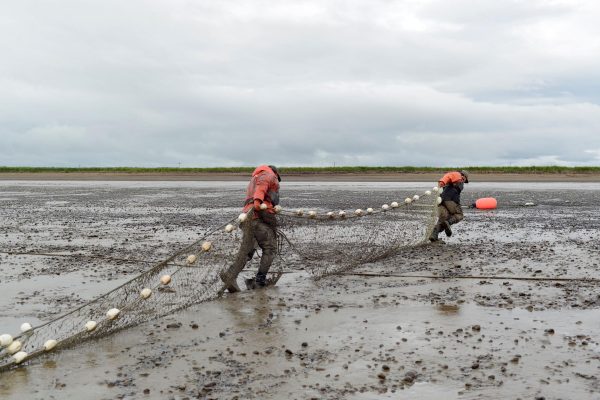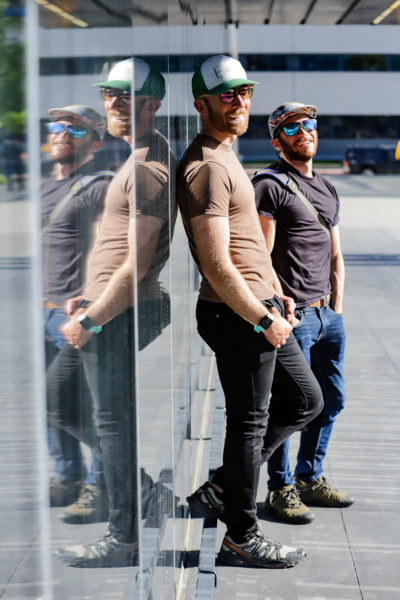

In Alaska, we’ve all heard the phrase, “The odds are good, but the goods are odd.”
That’s in reference, of course, to the long-held belief that there are more men than women in Alaska and that they can be, let’s say, a little “different.”
And it turns out to be true, at least the first part: There are more men than women here. But it’s not as big of a difference as you might think.
That was the finding of this week’s Curious Alaska column in the Anchorage Daily News.
Reporter Morgan Krakow says the man-to-woman ratio is yet another thing about Alaska that sets it apart from the rest of the country, and it depends on where in the state you’re looking.
Here’s a transcript of the conversation edited for clarity.
Morgan Krakow: It’s actually rare: most states tend to have more women than men. So Alaska is sort of an outlier along with a couple other Mountain West states.
But the interesting caveat with that is that while there are more men than women in Alaska, it’s not necessarily a big gap. In more urban places like Anchorage, Fairbanks, Juneau, it’s a little closer to even. The places where there are those bigger gaps are out in the Aleutians and up in the North Slope, where there are significantly more men than women. Based on what a demographer told me, that tends to be because there are industries there that that tend to have more be more male dominant fields like oil and gas and fishing.
Casey Grove: Historically, though, there has been a much bigger gap in terms of more men than women, right? What are the actual numbers from the past compared to today?
Morgan Krakow: If you really wanted to go to an Alaska where there were so many more men, you’d probably have to use a time machine or something, because the late 1800s, early 1900s was sort of the peak. There were almost 260 men for every 100 women in Alaska, but that number has really fallen since then, to about 106, or 108 men for every 100 women. So a lot more closer to even now.
Casey Grove: One really fun part of your column was talking about the attention that this phenomenon gets elsewhere. Like, in what ways has that played out?
Morgan Krakow: This was a really fun part of researching this. I actually interviewed a woman named Susie Carter, who’s a longtime editor and founder of this magazine called Alaska Men, which sort of advertises single Alaska men. And she spoke to just how wide this perception of Alaska being this like, bountiful men area is. In fact, she went on The Oprah Winfrey Show with a bunch of Alaska men and told me this sort of amazing story of arriving for the show in Chicago with all these single men, and just arriving to — in her accounting of it — 1000s of screaming women. She was sort of wondering as they got off the plane, ‘Who are these women screaming about? And why are police holding them back?’ And then it dawned on her that they were screaming for these single, Alaskan guys. This was in the 80s, a decently long time ago, but it was just funny to hear how long and how far and wide this sort of idea has persisted.
Casey Grove: That scene is just hilarious to me. Okay, well, this is maybe the most important question and I don’t know that you got into it in the column. But I have to ask: there’s the whole saying the odds are good, but the goods are odd. Are the goods odd?
Morgan Krakow: That is a good question that I do not think I have the answer to I think it really probably depends on who you talk with. You know, who knows, I guess. I think it really probably depends on on the person.
Casey Grove is host of Alaska News Nightly, a general assignment reporter and an editor at Alaska Public Media. Reach him at cgrove@alaskapublic.org. Read more about Casey here.





